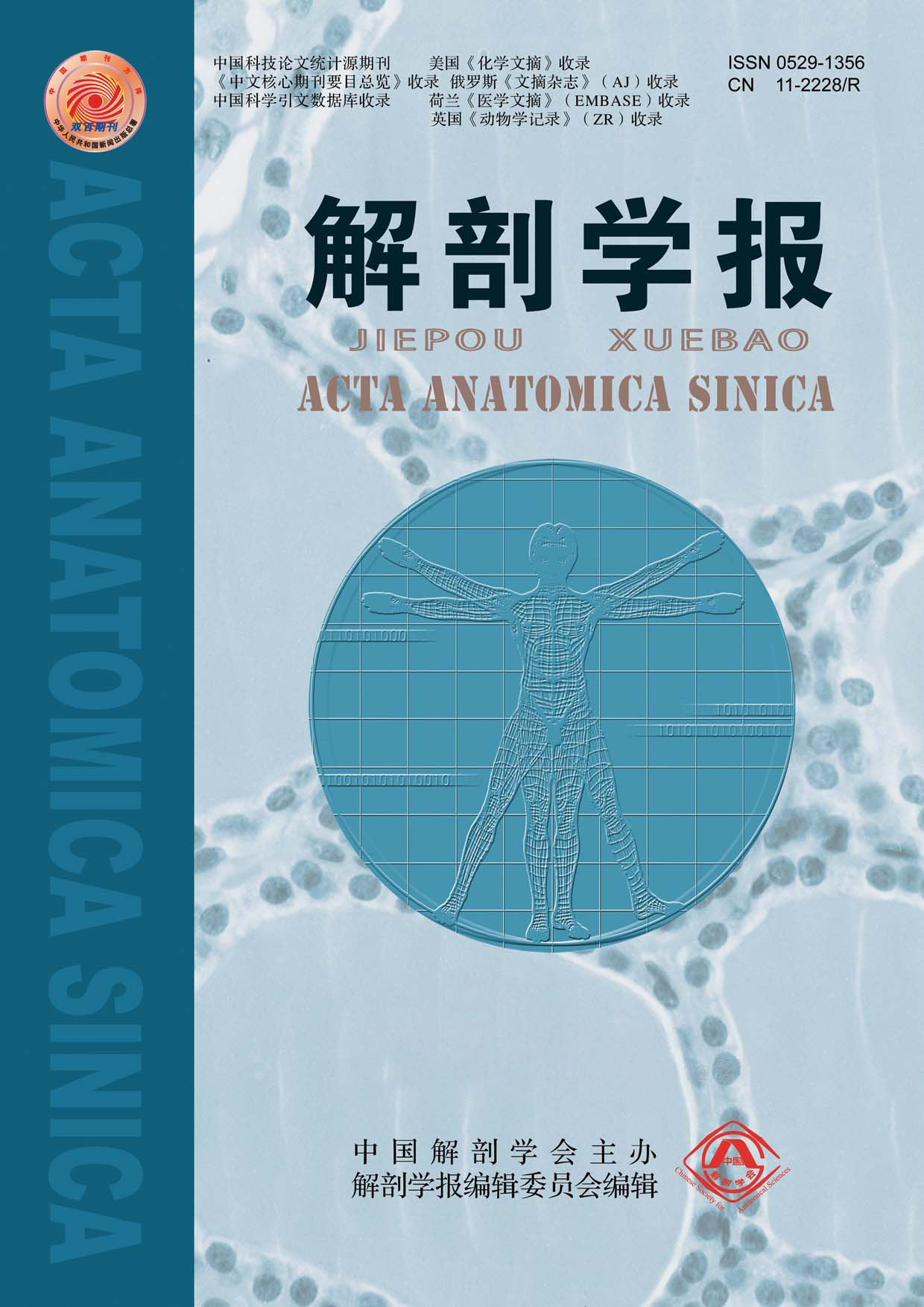Objective To investigate the expression and regulation of glutathione S-transferase Omega-1 (Gsto1) in the mouse uterus during embryo implantation. Methods A total of 105 CD1 mice were divided into the normal pregnancy model and steriod hormone treatment model. Uterus were collected from days 1 to 5 of pregnancy in normal pregnancy model, and Gsto1 expression was detected by Realtime PCR, in situ hybridization and Western blotting. Ovariectomized mice were used in the steriod hormone model after 2 weeks, and divided into estrogen and progesterone treatment group, progesterone treatment course group, progesterone receptor antagonist Ru486 treatment group. Sesame oil was used for the control of all groups. In the estrogen and progesterone treatment group, uterus was collected after sesame oil, estrogen, progesterone, estrogen plus progesterone treatment 12 hours, respectively. In the progesterone treatment course group, uterus was collected after progesterone treatment 1 hours, 3 hours, 12 hours and 24 hours, respectively. In Ru486 treatment group, uterus was collected after sesame oil, Ru486, progesterone, Ru486 plus progesterone treatment 12 hours. Gsto1 expression was detected by Real-time PCR, and Western blotting in the steriod hormone model. Results Gsto1 was mainly expressed in the uterine luminal and glandular epithelium on days 1 to 4 of pregnancy. Gsto1 expression was high on day 1 to 3, but became lower on day 4. On day 5, Gsto1 expression was not detected at implantation sites and nonimplantation sites. Progesterone induced Gsto1 expression. Estrogen did not induce Gsto1 expression, but inhibited the induction of progesterone on Gsto1. Ru486 reduced the induction of progesterone on Gsto1. Progesterone treatment for 1 hour, 3 hours, 12 hours promoted Gsto1 expression, but after 24 hours, inhibited Gsto1 expression.Conclusion This study suggests that Gsto1 is mainly expressed in the uterine luminal and glandular epithelium during preimplantation. Estrogen inhibits the induction of progesterone on Gsto1. Progesterone enhances Gsto1 expression by progesterone receptor in short time.


